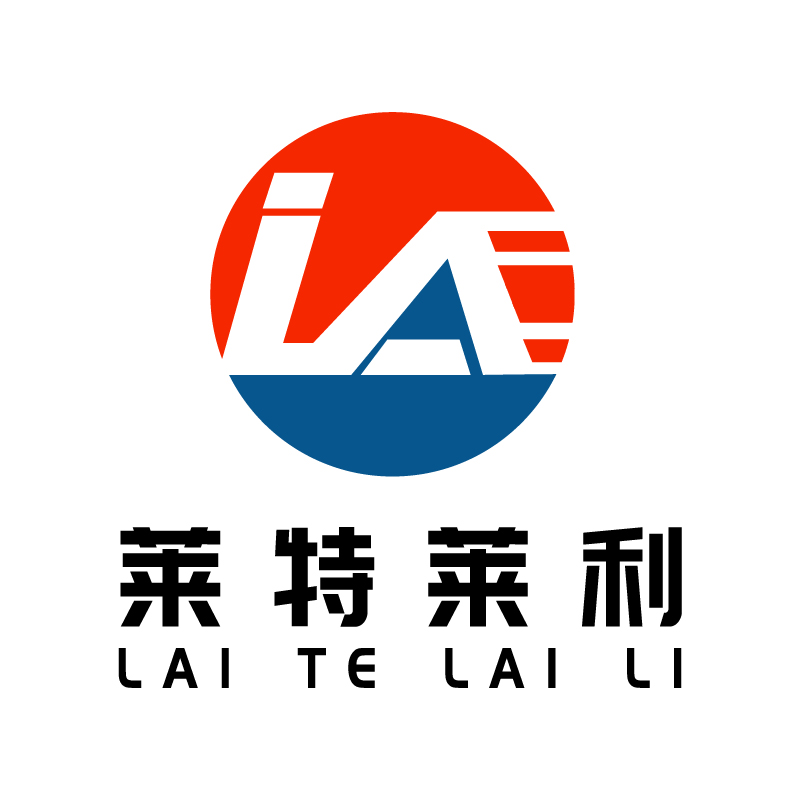How to improve the quality of tag coated paper printing?
To improve the quality of tag coated paper printing, you can start from the following aspects:
First, paper pretreatment and testing
1.Paper performance test: Before each batch of coated paper is put into use, a series of issues related to printing adaptability such as smoothness, pH, absorption, dryness, scalability and surface bonding strength should be tested and analyzed. According to the characteristics of the paper, corresponding process measures are taken, such as adjusting the viscosity, fluidity, dryness and anti-stick measures of the ink, in order to achieve standardized scientific production and prevent the occurrence of bad printing.
2.Paper selection and storage: Choose a coated paper supplier with stable quality to ensure smooth surface and uniform coating to reduce problems in the printing process. At the same time, pay attention to the storage conditions of the paper to avoid moisture, heat or contamination.
Second, ink allocation and use
1.Ink selection: When deploying the base color ink, heat and light resistant ink should be selected as far as possible to ensure that the print is not easy to fade in long-term use or exposure to light. At the same time, the diluent is best prepared with a bright paste to improve the brightness and gloss of the print.
2.Ink adjustment: Because the surface of coated paper is smooth and the ink absorption ability is poor, when printing the field version of the large layout, it should be as far as possible to "deep ink thin printing". That is, the ink color is properly darkened, and the ink layer is thinned accordingly during printing, which can not only meet the printing color requirements, but also reduce the chance of imprinting over the bottom, and prevent the overlapping color printing. In addition, when printing the first color, No. 19 resin oil can be used as the ink oil to improve the adhesion and drying speed of the ink.
Third, printing process control
1.Pad technology and printing pressure: Adjust pad technology and printing pressure to ensure that the printing ink layer is uniform and bright. The printing pressure of coated paper should be uniform and appropriate, and the excessive pressure is easy to produce bad conditions such as powder, and it is easy to cause the defects of dot imprinting is not clear, and increase the plate wear. On the contrary, it is easy to cause the dot imprinting is not strong, and blindly increase the ink layer to make up for the layout caused by insufficient pressure. The lining should be made of neutral and hard material.
2.Printing speed and environment: reasonable control of printing speed, to avoid too fast resulting in poor ink drying or too slow affecting production efficiency. At the same time, pay attention to the temperature and humidity control of the printing workshop to maintain a suitable printing environment.
Fourth, post-processing and quality control
1.Drying and curing: Using a proper drying method (such as UV curing) to ensure that the ink dries quickly and prevents adhesion or blurring. UV curing by ultraviolet irradiation to dry curing ink, can effectively protect the surface of printed matter.
2.Quality testing: Strict quality testing of printed products, including color consistency, clarity, scratch resistance and other aspects. Find and deal with the problems in the printing process in time to ensure that the product quality meets the standard.
To sum up, improving the quality of tag coated paper printing needs to start from many aspects such as paper pretreatment, ink allocation and use, printing process control, post-processing and quality control. Through scientific management and fine operation, high quality output of printed matter can be ensured.



